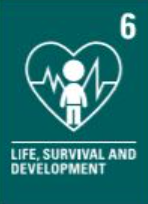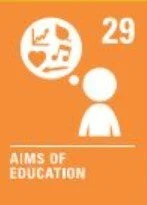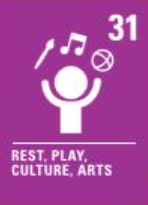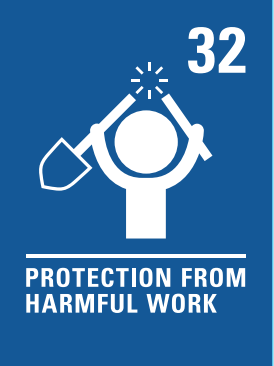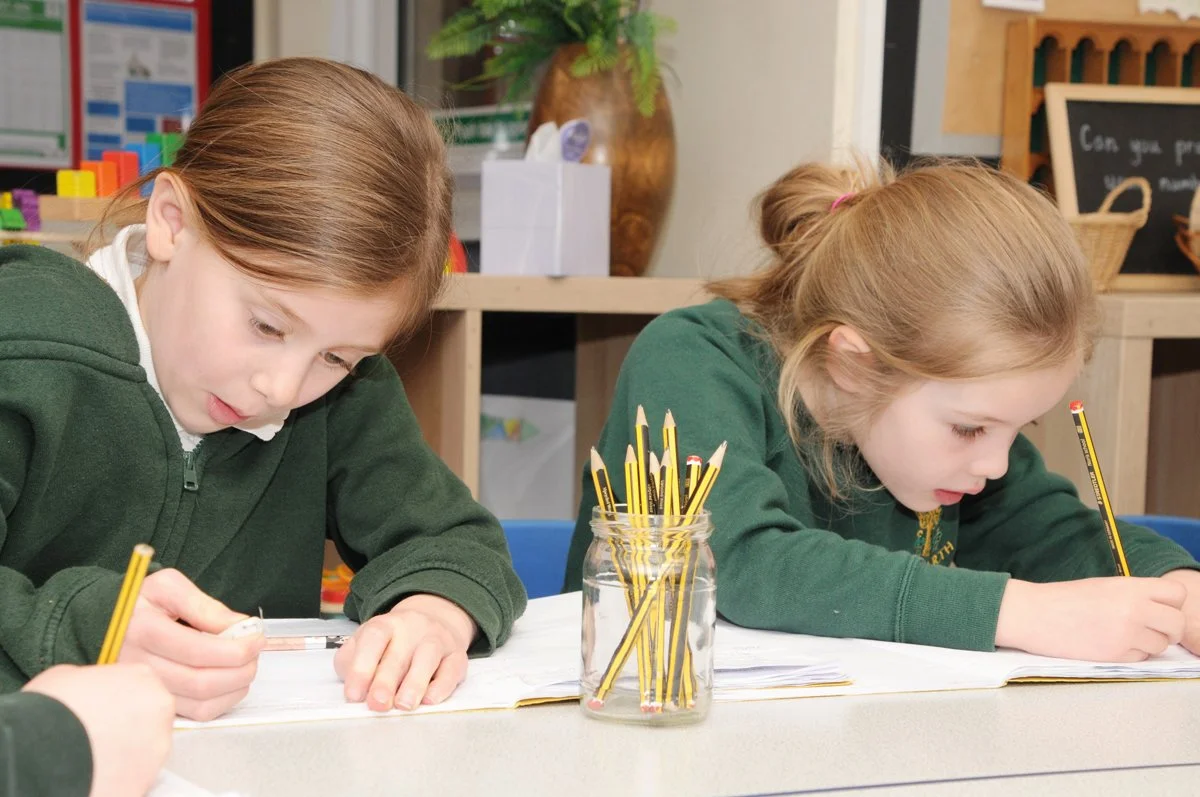
Design Technology
Design Technology
-
Mrs J Stuart
-
At Heygarth we envision that all children will have the opportunity to pursue a range of design projects over each academic year which ensure that the six mediums of DT are explored and taught.
We value the use of real– life product research as a starting point to enable the children to plan their own projects, evaluate and modify their plans accordingly. We expect children to work on their own and to collaborate with others during the planning, making and evaluating stages of their projects.
At Heygarth, we plan DT projects that will enable children to be skilled and confident in their use of a wide range of age appropriate tools and materials.
At Heygarth we want all children to be aware of the impact of DT on our every day lives for them to understand the processes and skills involved in making the products they see and use on a daily basis. We want them to learn those skills in order for them to be confident in using a range of tools in their work.
-
Careful consideration has been given to the Design Technology curriculum at Heygarth Primary School. Children experience three Design Technology projects each year which are linked to other areas of the curriculum. Design Technology draws upon subject knowledge and skills within: Mathematics, Science, History, Computing and Art.
In Early Years, Design Technology is taught through the specific area of ‘Expressive Arts and Design’. Here, children are able to mix colours, join and combine materials, model and are given opportunities to explore and extend their projects through provision indoors and outdoors.
The teaching of Design Technology across the school follows a progression of skills through five areas which are built on across KS1 and KS2. These are: ‘cooking and nutrition’, ‘mechanisms’, ‘materials and structures’, ‘textiles’ and ‘electrics’.
Children design products with a purpose in mind and an intended user of the product. Children learn practical skills and resilience through the four pillars of the design process (researching, designing, making and evaluating), while being a spiral curriculum.
-
“I love D.T because you can let your imagination flow.”
“You can make anything you want to and you will not get judged if it doesn’t work out.”
“You can inspire others.”
Heygarth is not responsible for the content of external sites:
